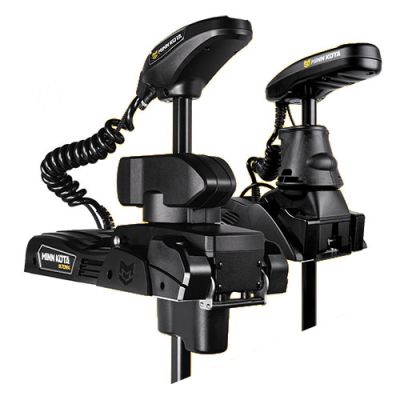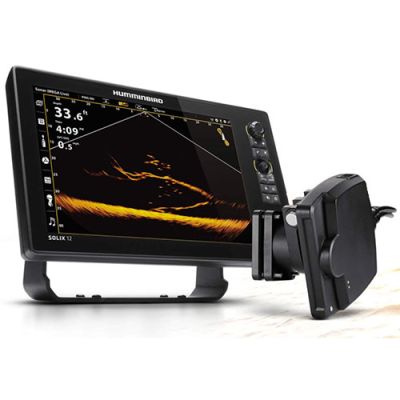Everyone seems to have a way of filleting/preparing/cooking these guys to their liking. Except for those who don't have the important knowledge about them and just fillet them like any other fish, and then result in very "fishy" disgusting fish fry, which will turn them off of these fish in the future.
We recently caught 8 of these in NE Wisconsin and decided to try them out. We never got enough in a day to make it worth keeping before so we haven't tried it. I looked up a few tips on these and learned enough to give it a try. If you are new to White Bass, or have tried it in the past and didnt like it, or just want to try it a different way, I highly suggest trying my method. You will not be disappointed. (Note: This same method can be used with Catfish to remove their "fishy/muddy" taste!)
Step one: After catch care. I don't know how important this is to the process because I have nothing to compare it too, but it is commonly said to put the fish on ice before they die. Whether you put them in your live-well, basket, stringer, bucket, or what-have-you, as long as they are alive, that's fine, but if they start dying, its said they should be put on ice ASAP.
Step two: Filleting. One cut behind the gill plate from the top of the head towards the bottom of the fish, slightly on an angle front to back (like you would for most other fish). After cut down to the backbone or ribs, turn knife parallel to the back bone and follow it down the fish. After the blade is past the rib cage, slice through the bottom of the fish and fish the cut towards the tail. Leave the fillet on and flip the fish over to do the same thing. This removes any struggles of filleting the fish with weird angle due to the missing fillet on the opposite side (I do this on all fish). After both side are at this point, then use your hand to lift up the fillet and using the knife, cut the meat off the rib cage, working the knife along the length of the fish until it meets the point that you previously sliced through the fish. Do this on the other side as well to get your 2 fillets.
Step three: Cleaning the fillets. I read a tip which said, that you want to remove the mud line which runs down the length of the fish. You do not want this in your fillet. Rather than try to cut it out at this point, we will take the fillet off the skin/scales first so we dont have to cut through the scales. When skinning the fillet, leave 1/16" to 1/8" of meat on the skin. Just like the mud line gives the fish a bad taste, there is some red colored meat on the fish near the skin. You don't want that on your fillet or it will ruin the taste. If you notice you are getting some red spots on the skin side of the fillet, carefully slice it off, and maybe leave a little more meat on the skin the next time. After the skin and scales are off, you can make a couple quick slices to remove the mudline and give your self an upper and lower fillet. Some people will not even bother with the lower fillet, but as long as the mudline is removed, it will taste just the same as the upper (backstrap).
Step four: Rinsing the fillets. After the fillet is cleaned off the skin, scales, and the mudlines are gone, put them in a large container ASAP with cold water, ice cubes and a generous amount of table salt. When all fillets are done, bring your container to a sink and with cold water rinse them off very well. Remove any blood that may be on them, bones that might remain, along with scales that got picked up in the cleaning process and any remaining red (or dark) meat. Place the cleaned fillets into a new container with ice cubes and salt. Place in fridge and check them after 4-8 hours. If the water is reddish, repeat rinsing process. If water remains clear, keep them in the fridge for a total of 18-24 hours (this includes the initial 4-8 hours). After that time you can fry them up however you like, you may freeze them (without water, for up to 4 months), or you can rinse them, and give them new water, more ice and salt and keep them for up to 48 hours more before they go bad.
Step five: Fryer preparation. When I fry fish in oil I use several different methods of preparing the fish. I will describe the method I used this time with the white bass that turned out excellent. First get oil heating up to 350-375 degrees. Next, in 3 containers (tupperware with lids work great!!), you will add 1 cup of flour to the first container, 2 eggs (beaten with a whisk) to the second container, and 1 sleeve of saltine crackers (finely crushed) to the third container. I also add 1-2 tablespoons of Chef Paul's Seafood Magic seasoning to the flour, you can use whatever seasoning you like. These measurements were about perfect for the 8 white bass we had. Adjust measurements for your amount of fish. Taking 4-6 pieces at a time, place them in the flour, add the lid and shake them around until thoroughly coated in flour/seasoning mixture then remove and add to plate. Continue until all have flour seasoning. Next is the egg wash. Do the same thing you did with the flour, though I would do only 3-4 pieces at a time. Its important to make sure the egg wash gets all around the fillet and two fillets dont stick together. From here immediately place into the the cracker crumb container and shake until thoroughly coated with crumbs. Place on another plate and repeat the process until all fillets are breaded. (Took me about 15-20 mins to prepare the 8 fish)
Step 6: Frying. This is really simple but often times people mess this step up and end up with under cooked or over cooked fish, or soggy breading. Make sure the oil is at least 350 degrees before adding the fish. Fry the fish in small batches of no more than 4-5 fillets that are 5-6" in length. When the fish starts floating, turn them over and continue to fry for 2 minutes. Remove from oil and place on paper towel lined plate to absorb the oil. If the paper towel becomes soaked with oil, replace it to avoid soggy breading. Between batches, give the fryer time to heat up again and reach at least 350 degrees. Continue this process until all fish is fried.
Step 7: Enjoy! Although it is not necessary, adding lemon juice, tarter sauce or your favorite garnish/condiment is fine. I did not add anything to it after frying and it was so good. Sweet, not at all "fishy" and the meat was nice and firm white, with no mushy texture. After all the negative reviews I have read about this fish being gross to eat, I was very pleasantly surprised at how good these were. I recently did a fish fry with some Bluegills we caught, and the White Bass was twice as good; in fact almost as good as the Lake Perch we had last year!
I know this has been long, and not exactly fishing tips/advice, but I hope this will help at least one person learn about this fish and how great it truly is when done right.
That's it for this thread. Good luck and stay safe out there!














